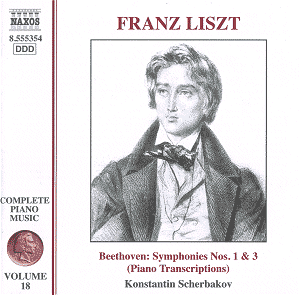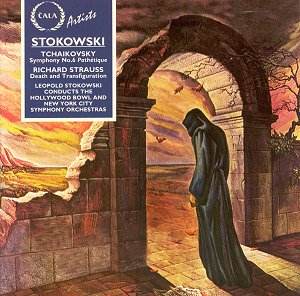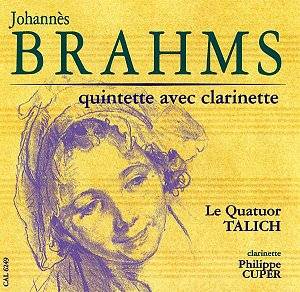 Composer: Franz Liszt
Composer: Franz Liszt
Works: Piano Transcriptions of Beethoven Symphonies: Symphony No. 1 in C major, Symphony No. 3 in E flat major ‘Eroica’
Performers: Konstantin Scherbakov (piano)
Recording: Rec. 19-20 September 2000, St Martin’s Church, East Woodhay, Berkshire
Label: NAXOS
Franz Liszt stands as a pivotal figure in the 19th century music landscape, a composer whose reach extended beyond mere composition into the realms of performance and transcription. His transcriptions of Beethoven’s symphonies are not only a testament to his virtuosity but also a deliberate effort to democratize orchestral music for piano audiences in an era where public orchestral performances were limited. The current release, part of Naxos’s ambitious undertaking to document the complete solo piano works of Liszt, brings forth his transcriptions of Beethoven’s First and Third Symphonies, showcasing both Liszt’s interpretive genius and the formidable pianistic challenges they present.
Konstantin Scherbakov’s performance is marked by a compelling blend of technical precision and interpretative insight. The expansive architecture of the ‘Eroica’ Symphony, with its intricate counterpoint and dramatic contrasts, demands not only a robust technique but also an understanding of Beethoven’s orchestral color. Scherbakov rises to this challenge with notable clarity, managing to convey the symphonic breadth through the single instrument. His approach to the tempestuous first movement is particularly striking, where the rhythmic drive and thematic elaboration reveal a clear structural grasp, allowing the listener to navigate the complexities with ease. The exhilarating passages of the Scherzo showcase Scherbakov’s deft fingerwork and rhythmic vitality, making the piano sound almost orchestral in its sonority.
However, the transcription’s limitations become apparent in the slow movements. The Andante cantabile of the First Symphony, while elegantly played, lacks the profound depth that a full orchestral texture would provide. Scherbakov struggles to maintain the necessary tension within the musical line of the Eroica’s monumental funeral march, where the subtleties of orchestral timbre are crucial. The piano’s inherent limitation in this context becomes evident; Liszt’s transcription, while ingenious, cannot fully replicate the layered dynamics and emotional weight of the orchestral original. The acoustic of St. Martin’s Church, while resonant for choral or chamber works, seems to absorb some of the piano’s brilliance in these grander symphonic contexts, leading to a sound that occasionally feels muffled rather than vibrant.
This recording stands up well against other notable interpretations of Liszt’s transcriptions, such as those by Leslie Howard, yet it offers a distinct perspective through Scherbakov’s interpretative choices. His decision to maintain a transparency in texture allows for a clearer presentation of Beethoven’s thematic material, although at the expense of the orchestral weight that listeners may expect. The faster movements, particularly in the Eroica, benefit from this clarity, allowing for an energetic dialogue reminiscent of Beethoven’s orchestration, but the overall experience remains one of admiration tinged with a sense of longing for the orchestral palette.
Evaluating this release reveals a commendable effort to bring Beethoven’s monumental works to new audiences through Liszt’s lens. Scherbakov’s technical prowess and thoughtful interpretation shine through, creating a performance that is both engaging and illuminating. The endeavor to transcribe such symphonic giants into the realm of piano music is fraught with challenges, yet this recording ultimately serves as a worthwhile exploration of the relationship between two of classical music’s titans. The listener is left with a deeper appreciation of Liszt’s artistry and Beethoven’s enduring legacy, even as one acknowledges the limitations inherent in such transcriptions.



